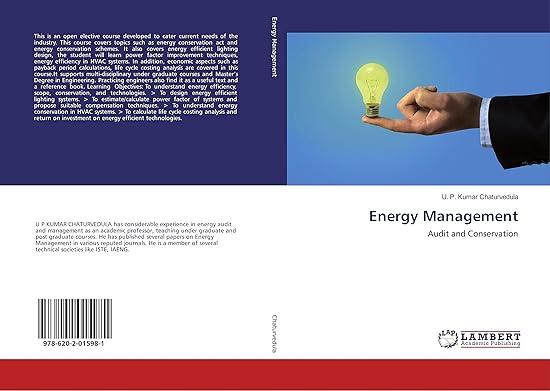Question
Analyze the event and provide your insight on the topic with your advanced accounting knowledge. The law known as the Tax Cuts and Jobs Act
Analyze the event and provide your insight on the topic with your advanced accounting knowledge.
The law known as the Tax Cuts and Jobs Act (TCJA), P.L. 115-97, provided for a reduction in the income tax rate imposed on C corporations under Sec. 11(b). Given the significance of the reduction, Congress anticipated that some S corporations might revoke their S elections and convert to C corporation status to benefit from the reduced 21% corporate tax rate.
In many instances, an S corporation on the cash method of accounting that converts to a C corporation is required to change its overall method of accounting to an accrual method of accounting. In that case, Sec. 481(d) as amended by the TCJA requires an eligible terminated S corporation to take any resulting Sec. 481(a) adjustment into account over six tax years (instead of four) for positive adjustments or in one year (in the case of negative adjustments).
The AICPA submitted comments to the IRS requesting expeditious guidance concerning adjustments attributable to conversions from an S corporation to a C corporation under Sec. 481(d).
The AICPA recommended that Treasury and the IRS should provide administrative guidance on the potential application of Sec. 481(d) to receivables owned by the newly formed corporation that result from the termination of a qualified Subchapter S subsidiary (QSub) election with respect to a subsidiary owned by an eligible terminated S corporation.
The AICPA stated in its letter to the IRS:
Failure to apply section 481(d) to QSubs owned by an eligible terminated S corporation effectively means that section 481(d) will apply only to S corporations to the extent that their operations are not conducted through QSubs. The acceleration of income, if section 481(d) does not apply, would severely limit the application of section 481(d) and would subject similarly situated taxpayers to two different sets of rules. This process appears contrary to congressional intent in enacting section 481(d), which presumably was to ease the federal income tax burden associated with converting from S corporation to C corporation status in response to the TCJA's reduced corporate income tax rate.
Step by Step Solution
There are 3 Steps involved in it
Step: 1

Get Instant Access to Expert-Tailored Solutions
See step-by-step solutions with expert insights and AI powered tools for academic success
Step: 2

Step: 3

Ace Your Homework with AI
Get the answers you need in no time with our AI-driven, step-by-step assistance
Get Started


